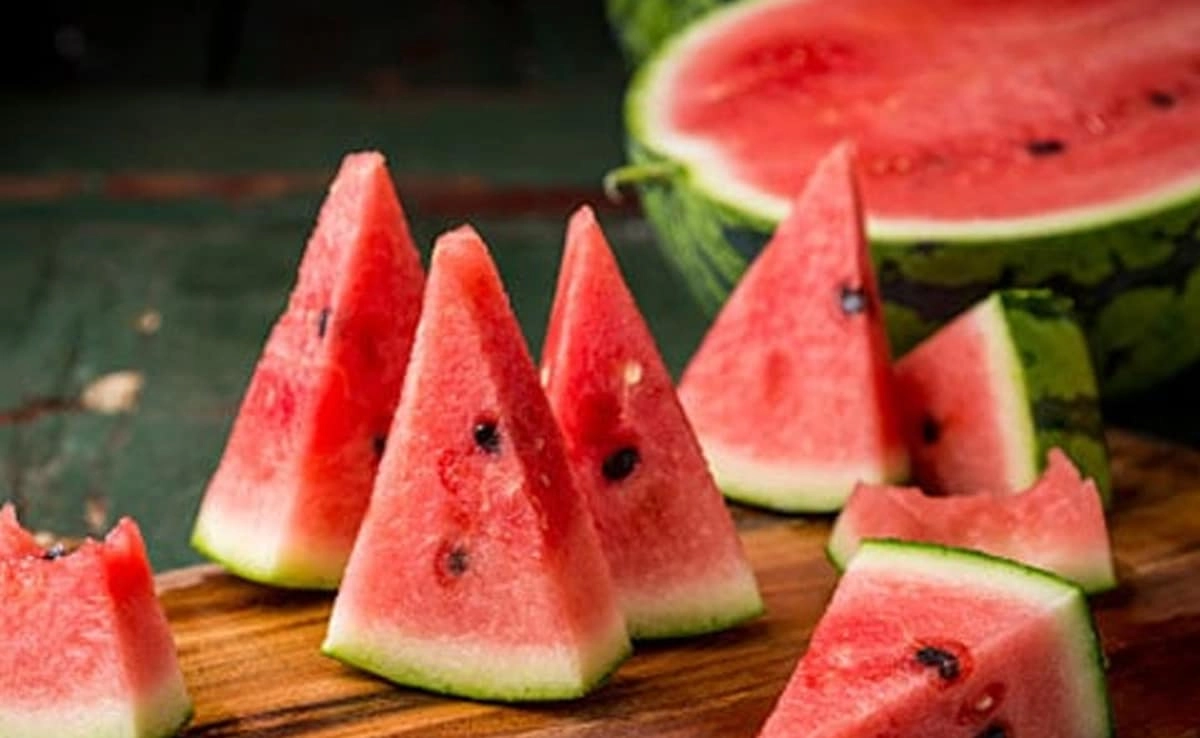Cacio e Pepe, a classic Roman dish, epitomizes the beauty of simplicity in Italian cuisine. Comprising just three fundamental ingredients—pasta, Pecorino Romano cheese, and black pepper—this dish showcases how minimal elements can come together to create something extraordinary. The name itself translates to “cheese and pepper,” highlighting the core components that provide both flavor and comfort. The preparation is straightforward, yet the technique demands precision to ensure that the cheese melts perfectly and combines harmoniously with the pasta.
To begin, select a high-quality pasta, with spaghetti or tonnarelli being the traditional choices. As the pasta cooks in salted boiling water, the key is to reserve some of that starchy cooking water, which will later help to create a creamy sauce. In a separate pan, freshly ground black pepper is toasted briefly to release its aromatic oils, enhancing its flavor profile. Once the pasta is al dente, it’s transferred to the pan with the pepper, and a generous portion of finely grated Pecorino Romano is sprinkled in. The reserved pasta water is added gradually, allowing the cheese to emulsify and form a rich, velvety sauce that clings beautifully to each strand of pasta.
The charm of Cacio e Pepe lies not only in its simplicity but also in its versatility. While the traditional recipe remains a favorite, cooks around the world have experimented with variations, adding ingredients like garlic, lemon zest, or even a touch of cream to introduce new dimensions of flavor. However, purists will argue that the true essence of this dish is best captured in its original form, allowing the quality of the cheese and the pepper to shine through. This dish can be a quick weeknight meal or a sophisticated option for entertaining guests, proving that sometimes the most humble ingredients can create a dish of remarkable elegance and taste.
In essence, Cacio e Pepe is more than just a recipe; it’s a celebration of Italian culinary philosophy, emphasizing the importance of quality ingredients and the artistry of cooking. Mastering this dish can elevate your pasta-making skills and deepen your appreciation for the nuances of flavor that can arise from such simple components. Whether enjoyed at a rustic trattoria in Rome or recreated in your own kitchen, Cacio e Pepe serves as a comforting reminder that great food doesn’t always require complexity—sometimes, it’s all about the basics done right.




